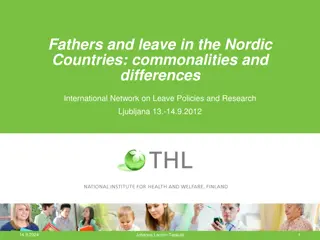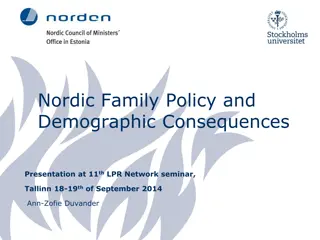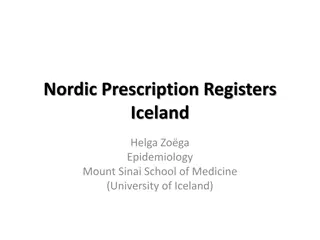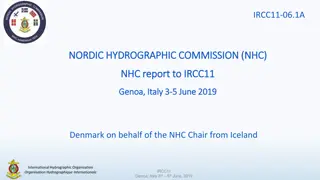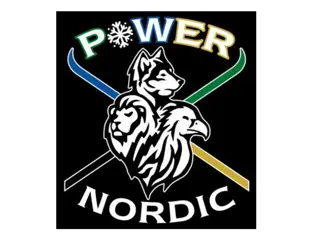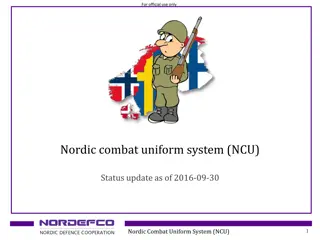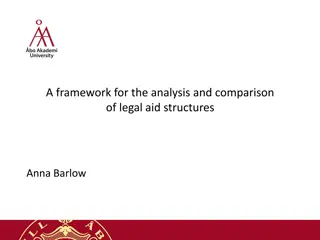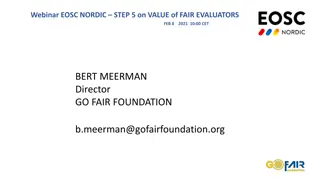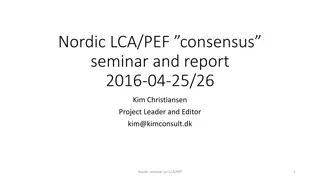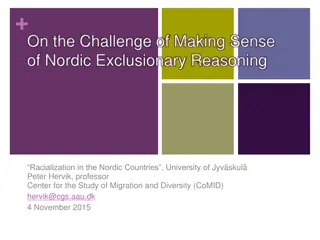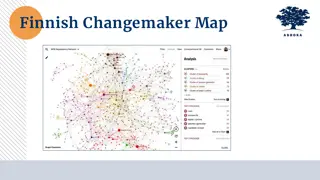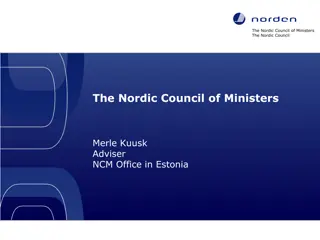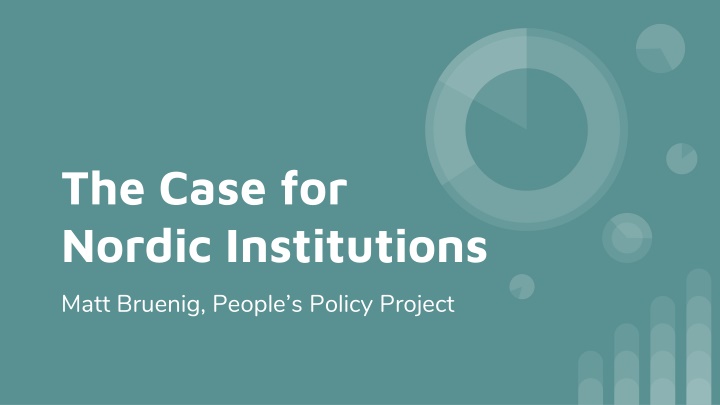
Unlocking the Benefits of Nordic Institutions
Discover the key institutional differences of Nordic countries, leading to lower income inequality, humane work-life balance, and high economic growth. Explore the success of Nordic models in social spending, union coverage, and state ownership that contribute to their prosperous societies.
Download Presentation

Please find below an Image/Link to download the presentation.
The content on the website is provided AS IS for your information and personal use only. It may not be sold, licensed, or shared on other websites without obtaining consent from the author. If you encounter any issues during the download, it is possible that the publisher has removed the file from their server.
You are allowed to download the files provided on this website for personal or commercial use, subject to the condition that they are used lawfully. All files are the property of their respective owners.
The content on the website is provided AS IS for your information and personal use only. It may not be sold, licensed, or shared on other websites without obtaining consent from the author.
E N D
Presentation Transcript
The Case for Nordic Institutions Matt Bruenig, People s Policy Project
Three Main Institutional Differences The Nordic countries have much higher: 1. Union coverage 2. Social spending 3. State ownership
Result: Low Income Inequality The Nordic countries have: 1. Smaller gaps between wage levels 2. Smaller gaps in disposable income 3. Lower poverty
Result: Humane Work-Life Balance The Nordic countries have: 1. More paid leave for new parents 2. More vacation 3. Fewer work hours
Result: High Growth Nordic economies grow at least as fast as the US economy.







